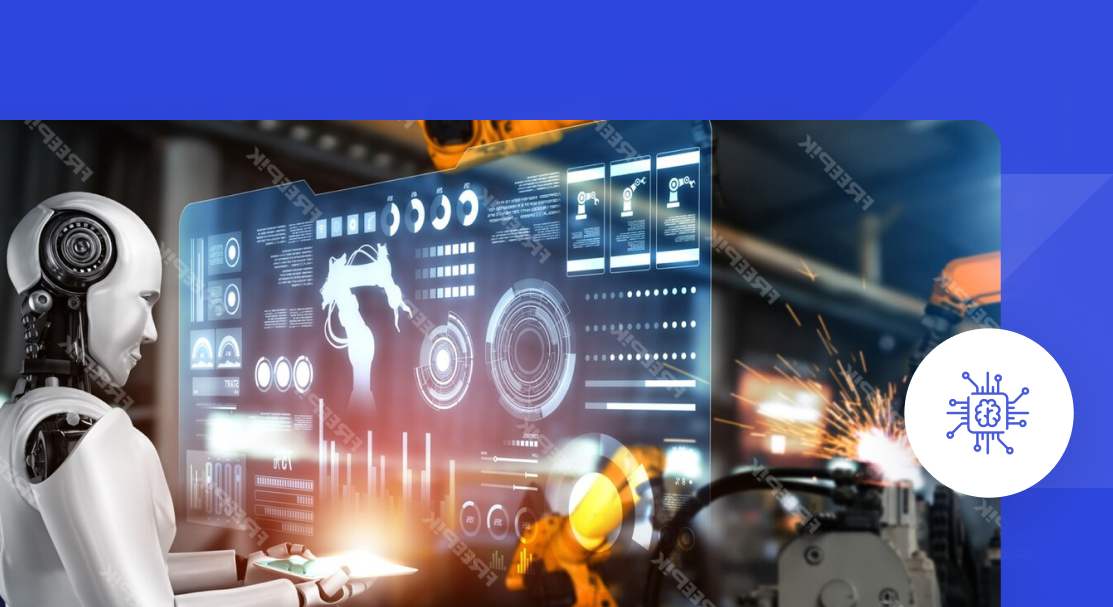

Understanding the Importance of AI Safety
Advancing AI Safety Research for Risk Reduction
Supporting AI safety research is crucial to mitigate the systemic risks posed by advanced AI systems. Key measures include pre-deployment risk assessments, third-party audits, and incident reporting, which are effective in addressing threats like bias, misuse, and systemic failures .
International collaboration, exemplified by the formation of a global network of AI Safety Institutes, aims to standardize safety protocols and promote transparency . These initiatives are vital in ensuring that AI technologies are developed and deployed responsibly, safeguarding societal well-being
AI safety encompasses strategies to ensure that powerful AI systems operate securely, ethically, and align with human values. It addresses challenges like unintended behaviors, misuse, and long-term threats from dangerous AI systems.
Implementing robust governance frameworks, conducting thorough risk assessments, and ensuring human oversight are pivotal in mitigating societal risks associated with AI deployment . By focusing on responsible AI practices, we aim to harness AI's benefits while safeguarding against potential harms
As AI technologies evolve swiftly, ensuring AI safety becomes paramount to prevent unintended consequences. Unchecked AI progress can lead to significant societal risks, including privacy violations, misinformation, and potential misuse in areas like bioweapon development . Implementing robust safety measures ensures that future AI systems align with human values and operate responsibly, safeguarding against the perils of dangerous AI systems
Technical AI safety research is pivotal in ensuring that AI systems operate reliably and align with human values. Key areas of focus include:
These areas are extensively explored by institutions like the Center for AI Safety (CAIS), which emphasizes a multidisciplinary approach to mitigate potential AI risks .
Several leading institutions are at the forefront of advancing AI safety research and fostering global collaborations:
Establishing robust AI safety infrastructure is essential to support research and mitigate risks associated with advanced AI systems. Key initiatives include:
Implementing effective risk mitigation strategies is essential for ensuring the safe and responsible development of AI technologies. Key approaches include:
Modern AI systems have evolved significantly, exhibiting advanced AI capabilities that enable them to perform complex tasks autonomously. Key characteristics include:
These attributes allow AI systems to handle tasks ranging from data analysis to complex decision-making processes.
The development of these systems is grounded in extensive AI training, where models are exposed to large datasets to learn patterns and make predictions. This training process is crucial for enhancing the performance and reliability of AI agents across various applications.
Ensuring the responsible use of AI necessitates a comprehensive approach encompassing governance, compliance, and collaboration. Implementing robust AI governance frameworks is crucial for overseeing AI systems throughout their lifecycle, ensuring they operate ethically and align with organizational values. This includes establishing clear policies, conducting regular audits, and fostering transparency in AI operations .
Adhering to AI compliance standards is essential to mitigate risks and ensure that AI deployments meet regulatory requirements. Organizations should stay informed about evolving regulations and integrate compliance measures into their AI development processes .
Promoting public and private collaboration enhances the development of ethical and inclusive AI systems. Partnerships between governments, industry, and academia can lead to shared resources, knowledge exchange, and the establishment of best practices, fostering innovation while safeguarding public interests .
By integrating these strategies, organizations can navigate the complexities of AI deployment, ensuring that AI technologies are utilized safely and responsibly.
Ensuring a safe and responsible AI future necessitates a multidisciplinary approach that integrates insights from various fields. This approach is essential to address the complex challenges posed by advanced AI systems.
Institutions like the Center for AI Safety (CAIS) are at the forefront, conducting research to improve AI safety and advocating for ethical practices in AI development. Their work emphasizes the importance of aligning AI systems with human values and societal norms. Additionally, the development of frameworks that focus on the safety of sociotechnical systems is crucial for managing potential risks associated with AI technologies.
International collaboration plays a pivotal role in advancing AI safety. The formation of the International Network of AI Safety Institutes (AISIs) marks a significant step in fostering global cooperation to address AI-related risks. This network aims to promote shared research, establish safety standards, and ensure that AI advancements benefit all of humanity.
Integ rating artificial intelligence in risk management enhances traditional safety paradigms by introducing proactive, data-driven approaches. AI technologies enable real-time threat detection, predictive analytics, and automated response mechanisms, significantly improving information security a nd operational resilience.
Digitalization plays a pivotal role in modernizing risk management frameworks. The NIST AI Risk Management Framework emphasizes the importance of incorporating AI systems into governance structures to address emerging risks effectively. This integration ensures that AI technologies are developed and deployed with a focus on safety, ethics, and societal impact.This integration ensures that AI technologies are developed and deployed with a focus on safety, ethics, and societal impact
Furthermore, the OECD's voluntary reporting framework encourages organizations to disclose their AI risk management practices, promoting transparency and accountability in AI development. This initiative supports the establishment of standardized safety measures across industries, fostering public and private collaboration in AI governance.
Modern health and safety software integrates various functionalities to streamline workplace safety and ensure compliance with regulations. Key features include:
Risk Assessments: Tools to identify and evaluate potential hazards, enabling proactive risk management.
Incident Reporting: Systems that facilitate the reporting and tracking of workplace incidents, aiding in timely responses and documentation.
Audit Management: Modules to plan, conduct, and track audits, ensuring adherence to safety standards and continuous improvement
Training and Instructions: Platforms that manage employee training, certifications, and competency tracking, ensuring a well-informed workforce.
Environmental Management: Tools to monitor and manage environmental impacts, supporting sustainability initiatives

This website stores data such as cookies to enable site functionality including analytics and personalization. By using this website, you automatically accept that we use cookies.